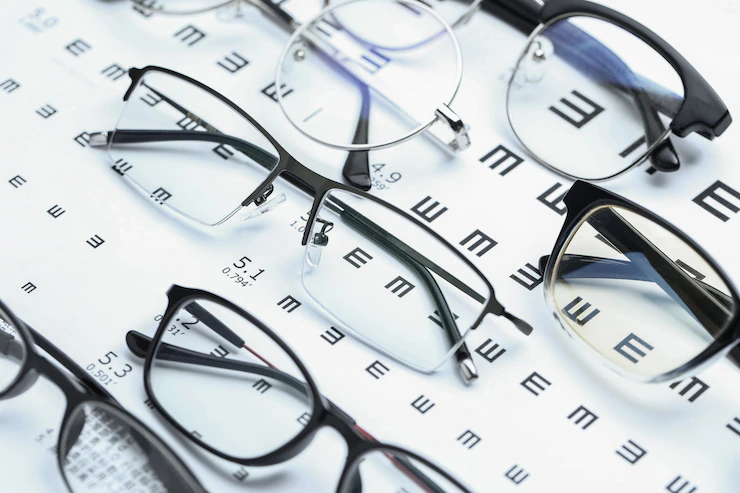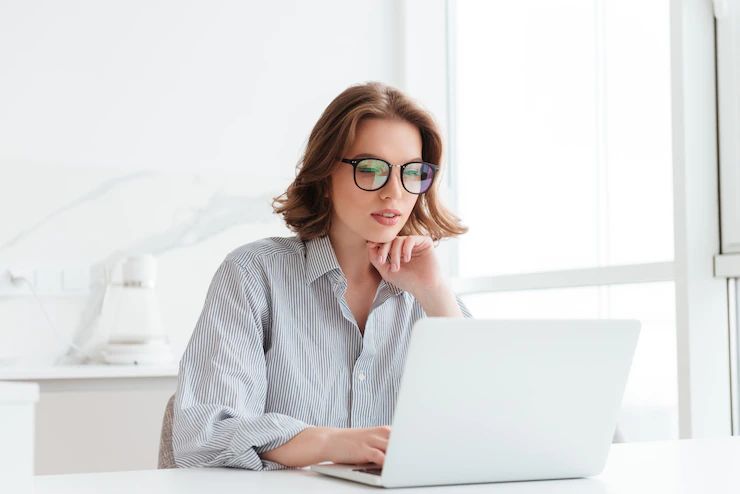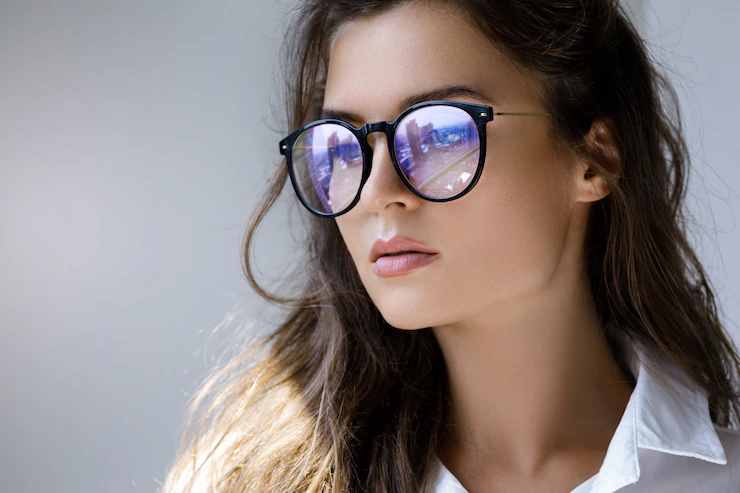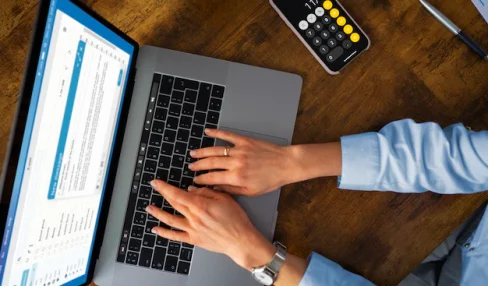5 Types Of Blue-Light Glasses That Will Improve Your Eye Health
2 Mins Read
Published on: 22 November 2022
Last Updated on: 26 May 2025

toc impalement
Because we are all spending more time in screens these days, it is even more crucial to consider the effects of blue light.
After using gadgets for more than 2 hours, around 6 in 10 individuals report symptoms of digital eye strain. Headaches, poor vision, and dry eyes are all symptoms of digital eye strain.
What Are Blue-Screen/Blue-Light Glasses?

Blue-screen or blue-light glasses have lenses that reduce blue-light exposure. Non-glare protection is also included with blue light-blocking lenses. Blue light may be found in mobile phones, tablets, laptops, light bulbs, and sunlight.
These five glasses will transform your life:

1. Orange-tinted glasses that block 98 percent of blue light | No anti-glare coating | Plastic | Nonprescription
Uvex is the brand of blue-light-blocking eyewear that researchers use in the lab. “They’re generally about $10, and they’ve been utilized in research,” Goldstein explains. “It has been shown that while using them, the light does not inhibit your melatonin, therefore the glasses may promote sleep.”
They’re not as attractive as some of the other blue-light glasses on the market, but because they’re best used before bed (rather than at the workplace), there’s no need to be ashamed.
2. Lenses that block 50% of blue light and are nearly transparent | Anti-glare coating | Plastic | Nonprescription, or prescription.
Many firms make blue light glasses with practically transparent lenses and elegant frames if you want a more discreet appearance. This pair is made by Felix Gray, a company that helped popularize the notion of wearing blue-light-blocking spectacles at work.
3. Lightly tinted yellow lenses with a 62 percent blue light block | Anti-glare coating | Wire | Nonprescription, or prescription.
Felix Gray manufactures blue-light-filtering spectacles in many of the same designs as its clear “daytime” glasses but with tinted “amber” lenses that filter a larger proportion of blue light and are thus more effective – particularly at night.
These tinted glasses precisely target the region of blue light that affects melatonin. They are suggested for use before sleep.
4. Blocks 87 to 99 percent of blue light depending on tint, yellow or orange lenses | Anti-glare coating | Metal clip | Nonprescription
If you currently wear prescription glasses, you may like this pair, which hooks onto your existing frames and blocks up to 99 percent of blue light, depending on whether you choose yellow or orange lenses.
5. Clear lenses that block 90% of blue light | No anti-glare coating | Plastic | Nonprescription
“We’ve observed a tremendous improvement in my daughter’s sleep, but also in her concentration and attention to the classwork she’s doing,” says Brook Sheehan, a chiropractor in California and mother of a fourth-grader who has worn blue-light spectacles for three years.
Bottom Line
As we work and study from home, we may spend more time in front of a screen than doing anything else, especially if we binge-watch our favorite shows or play video games for longer than we admit.
Additional:


















Comments Are Closed For This Article